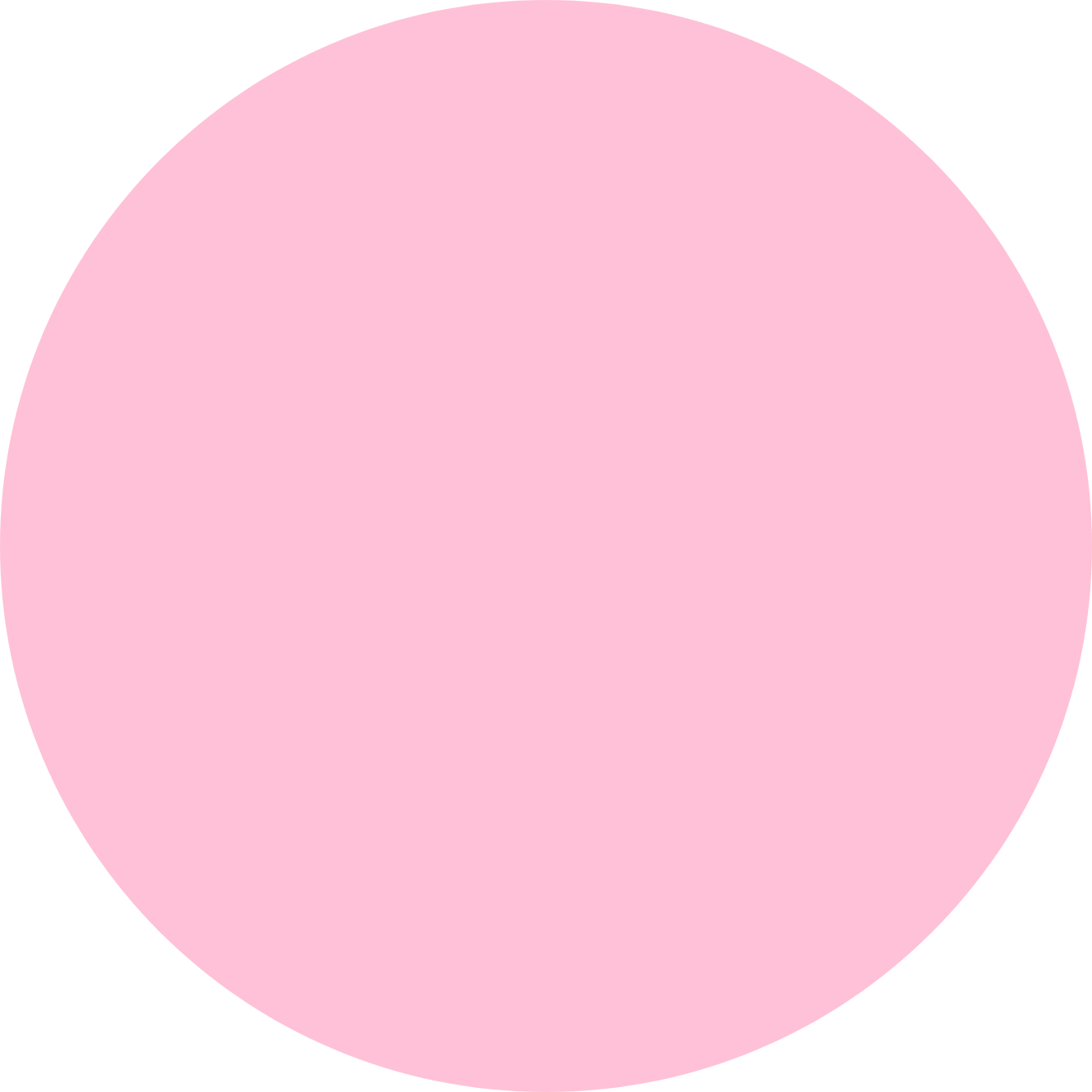Push Notifications: a quick guide
Push notifications are small clickable messages that appear directly on the screens of the signed-in recipients to take them back to the website or app.
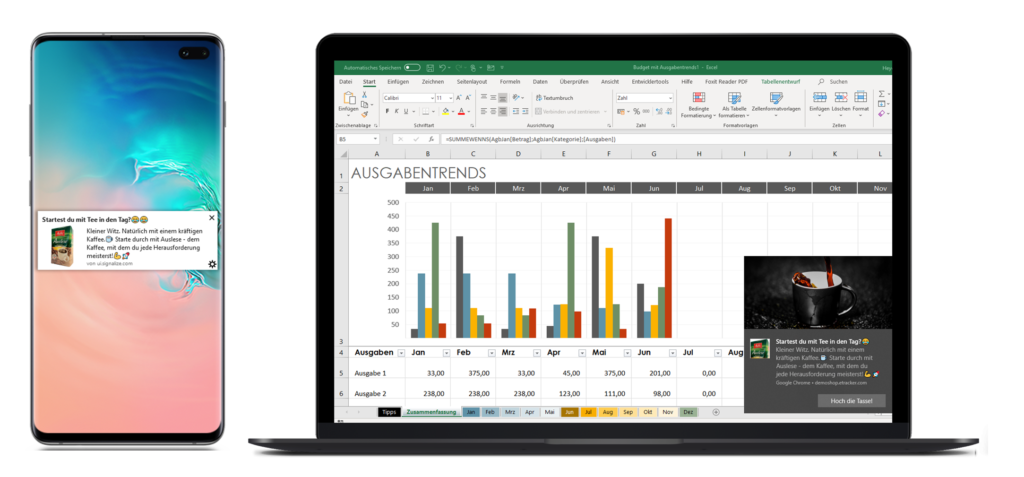
There are four types of push notifications: Web, App, Wallet and Messenger Push.
Push notifications are used for content distribution and customer loyalty and are a new form of marketing communication suitable for the messaging age. Because social media and messenger services have changed communication behaviour in a lasting way. For example, companies today need more agile marketing communication than before to keep up with their customers. And: The new channel is fun, because the creation and shipping happen in no time.
Since push notifications are generally only sent after consent and registrations and unsubscribes are completely managed by the browser or operating system, they are also particularly privacy-friendly.
Whether B2B or B2C – for every industry and every company you can find numerous content and use cases:
- Notes on new content such as blog articles, white papers, videos, etc.
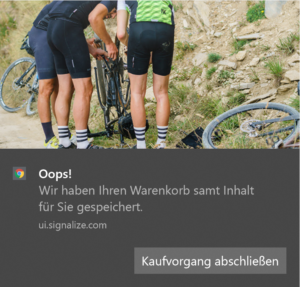
- Invitations to participate in events such as webinars or store openings
- Product and assortment news
- Promotion of special offers and discount promotions
- Onboarding or after sales tips
- Follow-up campaigns for shopping cart rescue, reactivation, etc.
- Transactional messages for appointment reminder, shipping notification or alarms
Owned Media First: The direct line to the customer is more important than ever
There are two major challenges that marketers will face in the near future:
- Ad remarketing is in massive danger due to increasingly enforced legal data protection regulations and browser page restrictions.
- Access to the customer is increasingly controlled by gatekeepers, which inevitably creates dependencies and rising costs.
001. // remarketing versus data protection
If the obligation to provide informed, active, voluntary cookie consent is fulfilled, cookie-based advertising suffers enormously. Apple and Mozilla are also constantly tightening the tracking protection of their browsers. Permission marketing offers an alternative, which does not require personal data and is GDPR-compliant.
002. // Gatekeeper platforms
Whoever controls customer access controls the market. In today’s online market, it is primarily the so-called GAFAs (Google, Amazon, Facebook and Apple) that dominate the market with attractive services. However, the greater the dependency, the greater the risk of being left behind by algorithm, cost and other changes.
Why a new channel? There is e-mail.
Unlike SMS, e-mail is still very popular. The mobile marketing mix shouldn’t be about whether email, social media or push notifications. Rather, the intelligent combination of all relevant channels is crucial, with mobile push offering unique advantages:
- Email is not real time, but ends up in the mailbox, possibly still in the advertising tab. Push notifications, on the other hand, have an opening rate of 90% compared to 25% for e-mail*.
- Creating and sending emails is time consuming. Creating Push Notifications is even really fun: short text, link and thumbnail image – done!
- Email is suitable for more comprehensive content and weekly to monthly updates that are not found on the website. Push notifications, on the contrary, tolerate more frequent frequencies and also promote “small” news, tips, offers, etc. excellently. Just communication in messenger style.
*Source: Industry Benchmark Email Marketing Newsletter2Go 2019
Aren’t push notifications too pushy?
The following applies to push messages: only those who have agreed will receive them. And if you no longer want to receive them, simply cancel them. Standardized via the browser, the messenger service or the operating system. Spam is therefore excluded.
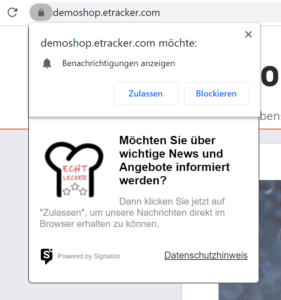
The invitation mechanism can usually be configured very individually. For example, the opt-in dialog only appears after the user clicks on an element integrated into the website. No matter how prominently the invitation is presented, it will no longer appear after a rejection.
Depending on the channel, you can expect a consent rate between five and ten percent, with apps significantly higher.
Here they are: The four types of push notifications
- Web push – On desktop and smartphones except Internet Explorer and iOS devices.
- App push – messages from apps, if available and distributed.
- Wallet push – Notifications via Apple Wallet News & Loyalty Cards.
- Messenger push – Via WhatsApp for 1: 1 communication and Facebook Messenger for news media.
01. Web push
Messenger-like via browser, without content and shipping limits
001. // This is how web push works
On the website, visitors can consent to receiving messages. Then recipients receive messages directly on their (lock) screen. Clicking on the message takes you to the landing page.
002. // Anatomy of a web push notification
Web push notifications consist of a short title, the message and a target link. Optionally, messages can be enhanced with small thumbnail images, large images and buttons.
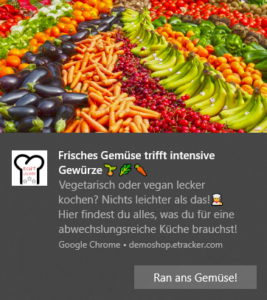
003. // Advantages and disadvantages of web push notifications
Advantages
- Extremely eye-catching
- Short messages in a nutshell
- Appear immediately on the screen
- Full control
- Independent of platform algorithms
- Individual targeting based on behavior and recipient properties
- GDPR Compliant
- Browser-based opt-in and opt-out
- No personal data required
- Easy handling
- Enter picture, short text and link
- Specify shipping time and recipient or define trigger or workflow
Disadvantage
No support for iOS: So far, Apple has only enabled Web Push via the Safari browser on desktop computers (MacOS). The combination of web and wallet push via an invitation switch is therefore recommended.
02. App push
A must-have for apps
Many apps only send simple, predefined notifications without an interface. This means that marketers cannot customize messages or workflows individually. For many valuable notifications from apps, however, a connection via API to back-end systems makes sense. For example, information about travel bookings and the like can be sent easily. Actions in the apps or prolonged inactivity are also suitable as triggers for notifications.
03. Wallet push
More than just a web push add-on for iOS
How Wallet push works: The website invites iOS visitors to add a news card. After adding the card, recipients can receive messages. The Wallet card can be updated with the right content and pictures with every new message. In addition, QR codes can be added, loyalty functions or geo-fencing can be used.
04. Messenger push
For service and news media
WhatsApp is used by 58 million Germans daily*. Unfortunately, the messenger cannot be used for advertising marketing communication:
- Free shipping only within 24 hours after user interaction via WhatsApp with the company.
- High costs of 8 cents per message per recipient after the 24h.
- Dispatch only with previously approved templates without advertising content.
Therefore WhatsApp notifications are only suitable for 1:1 interactions and targeted messages such as reservation confirmations or appointment reminders.
Facebook Messenger is used by around 16 million Germans every day*. Unfortunately, this messenger can also not be used for advertising marketing communication:
- Dispatch only possible for registered news publishers.
- Only editorial content is allowed.
Therefore, only news media can offer their customers the latest news via Facebook Messenger.
Just under 8 million Germans use the Telegram Messenger every day**, that’s about 10%. Marketers can offer free newsletters through Telegram Messenger. So it’s an excellent option especially for iOS, but won’t reach all iOS users.
* Source: Facebook, Sep 2019
** Source: https://de.statista.com/statistik/daten/studie/1032143/umfrage/use-von-messengern-in-deutschland/
Push notification decision matrix
If you have a website and customer loyalty is important to you …
>> Use web push notifications
If you have an app and enough active users …
>> Use app push
If you don’t have an iOS app, but a significant portion of iOS …
>> Use Wallet push
If you have a lot of 1:1 interactions or a news portal …
>> Use messenger push
Just get started with a quickstart
001. // Fast time-to-market and minimal IT effort
The integration into website and app is done in a few minutes thanks to plugins for standard systems. Using feeds, interfaces and connected services such as Zapier, Mobile Push can interact flexibly and seamlessly with existing CRM, ERP, PIM and data warehouses.
002. // Triggering, automation workflows and customization
The key to highly individualized communication at the best-in-class level is a fully integrated tracking with Audience Data Platform. That means for example, all page views are automatically recorded by default and are available for segmentation and automation without having to be tagged or added from another system.
Choose the right provider
Push providers can be roughly divided into the following categories:
- Single channel push
Specializing in web, app or messenger push, mostly without advanced technology for tracking, segmentation and automation. - Mobile marketing
They come from the area of app push and often have weaknesses in web push. - CRM & email service provider
Web push is sometimes mentioned as an additional channel on feature lists, but is only supported superficially or with difficulty. - All-in-one push marketing automation
In addition to the basic functions, segmentation and automation are possible without the need for additional tools. All important push notification channels are supported.
Data transfer versus comprehensive tracking
Almost all providers are committed to segmentation and automation. However, if you take a closer look, there are considerable differences in the implementation and characteristics. For example, the implementation effort is high and has to be adjusted at every expansion stage if only individual events and user properties can be transferred. Many use cases also require correct real-time user profiles and not just static segment assignments, i.e. a professional audience platform.
Further decision criteria
- Customizations
Is the provider ready and able to make adjustments? In many cases, marketers with standard segments and interfaces reach their limits and need an agile partner at their side. - Support & consulting
Are inquiries only possible via email and in English? What about premium support for technical questions and support needs? - Privacy (GDPR)
Can data protection compliance be demonstrated? According to Art. 5 Para. 2 GDPR, responsible persons have to prove that the processing of personal data is lawful. - Pricing
In addition to the obvious price model, it should also be taken into account how notice periods are structured, what happens if the number of recipients booked is exceeded or whether there is a risk of dramatic price jumps with additional functions.
Conclusion: Push Notification Marketing is …
- the most direct route to users with high interest
- new remarketing channel in an ad-like format
- favorable thanks to the shipping flat rate and free FREE editions
- effective content distribution
- state-of-the-art communication
- data protection-compliant permission marketing
- quickly integrated and set up
- easy to use and fun
- data driven (behavior and interest based) sensationally successful
- particularly easy to automate in combination with tracking CRM & Shop
- excellent to implement with Signalize


